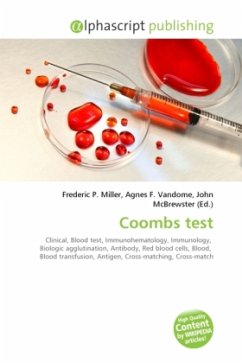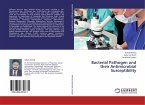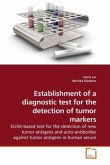Coombs test (also known as Coombs' test, antiglobulin test or AGT) refers to two clinical blood tests used in immunohematology and immunology. The two Coombs tests are the direct Coombs test (also known as direct antiglobulin test or DAT), and the indirect Coombs test (also known as indirect antiglobulin test or IAT). In certain diseases or conditions an individual's blood may contain IgG antibodies that can specifically bind to antigens on the red blood cell (RBC) surface membrane, and their circulating red blood cells (RBCs) can become coated with IgG alloantibodies and/or IgG autoantibodies. Complement proteins may subsequently bind to the bound antibodies. The direct Coombs test is used to detect these antibodies or complement proteins that are bound to the surface of red blood cells; a blood sample is taken and the RBCs are washed (removing the patient's own plasma) and then incubated with antihuman globulin (also known as "Coombs reagent"). If this produces agglutination ofRBCs, the direct Coombs test is positive, a visual indication that antibodies (and/or complement proteins) are bound to the surface of red blood cells.
Bitte wählen Sie Ihr Anliegen aus.
Rechnungen
Retourenschein anfordern
Bestellstatus
Storno








